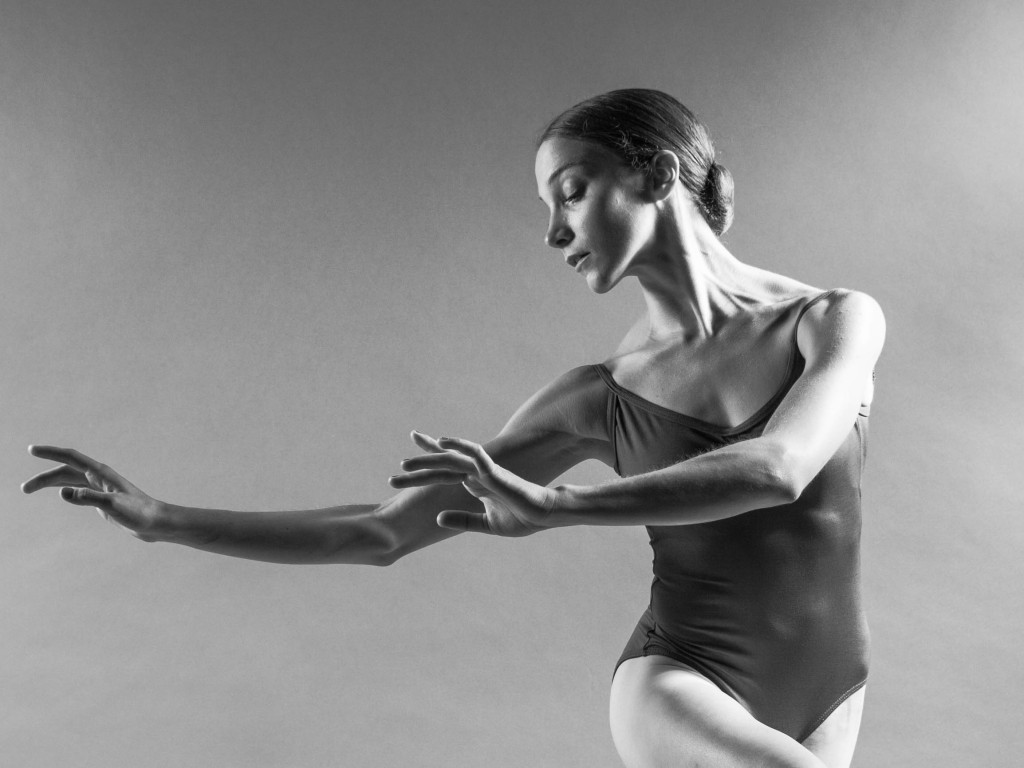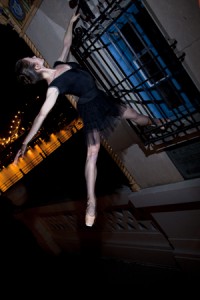
by Emily Kate Long
When I landed my first job in a small professional ballet company, I had no idea what would happen. How long was it supposed to last? How long did I want it to last? I remember being acutely aware of a hierarchy in the dance world at large, and I wanted badly to get as close to the top as I could. I visualized my career as a vertical climb, and I was singularly focused on bigger things. Little did I know the challenges and satisfaction I would find by staying put. Gradually, my own career focus shifted to depth rather than height.
I hardly need to say that the perfectionist, achievement-oriented mentality is part of what makes dancers successful. It can also cloud our focus from opportunities right in front of us. The broad role of dance as an art form is to inform, inspire, and challenge our audience, and there is a real immediacy to that in dancing with a small company. It’s great fun to be a cultural pioneer in the Midwest. It’s also very fulfilling to know that the whole company dances in every single show—like many smaller companies, we’re unranked and therefore always pushing ourselves and one another to be better.
For me, the right fit has meant tons of challenging performance opportunities, plus getting close to many other aspects of being part of an arts organization. The dancers are the community outreach team, the teachers in our affiliated school, and formal and informal public ambassadors. For smaller shows, we are even our own stage crew. It makes me proud to have a wide-ranging and always-deepening skill set.
So, what size environment is the right one? Every dancer’s response to that is different, and it could take a few job changes to figure out the answer. What satisfies me about dancing for a small company is the richness of experience—in classrooms, onstage, in the community. It’s a gift to be able to open people’s eyes to dance in a place where many people don’t yet know they have a ballet company.
For more perspectives on the “What size is right for me?” question, check out these articles from Dance Magazine and Pointe Magazine. If you’re looking for the right fit, big or small, Dance/USA maintains this roster of US dance companies.

Assistant Editor Emily Kate Long began her dance education in South Bend, Indiana, with Kimmary Williams and Jacob Rice, and graduated in 2007 from Pittsburgh Ballet Theatre School’s Schenley Program. She has spent summers studying at Ballet Chicago, Pittsburgh Youth Ballet, Pittsburgh Ballet Theatre School, Miami City Ballet, and Saratoga Summer Dance Intensive/Vail Valley Dance Intensive, where she served as Program Assistant. Ms Long attended Milwaukee Ballet School’s Summer Intensive on scholarship before being invited to join Milwaukee Ballet II in 2007.
Ms Long has been a member of Ballet Quad Cities since 2009. She has danced featured roles in Deanna Carter’s Ash to Glass and Dracula, participated in the company’s 2010 tour to New York City, and most recently performed principal roles in Courtney Lyon’s Sleeping Beauty, The Nutcracker, and Cinderella. She is also on the faculty of Ballet Quad Cities School of Dance, where she teaches ballet, pointe, and repertoire classes.





















